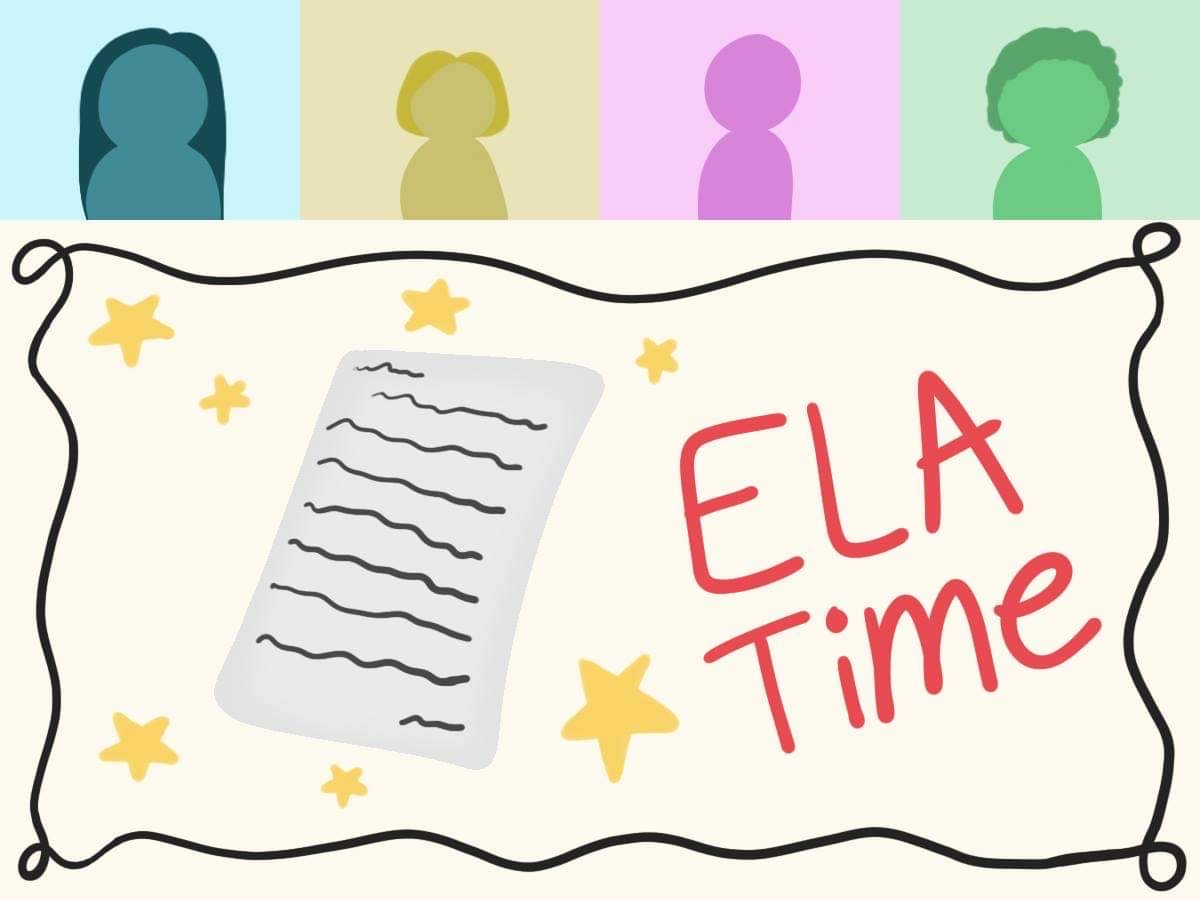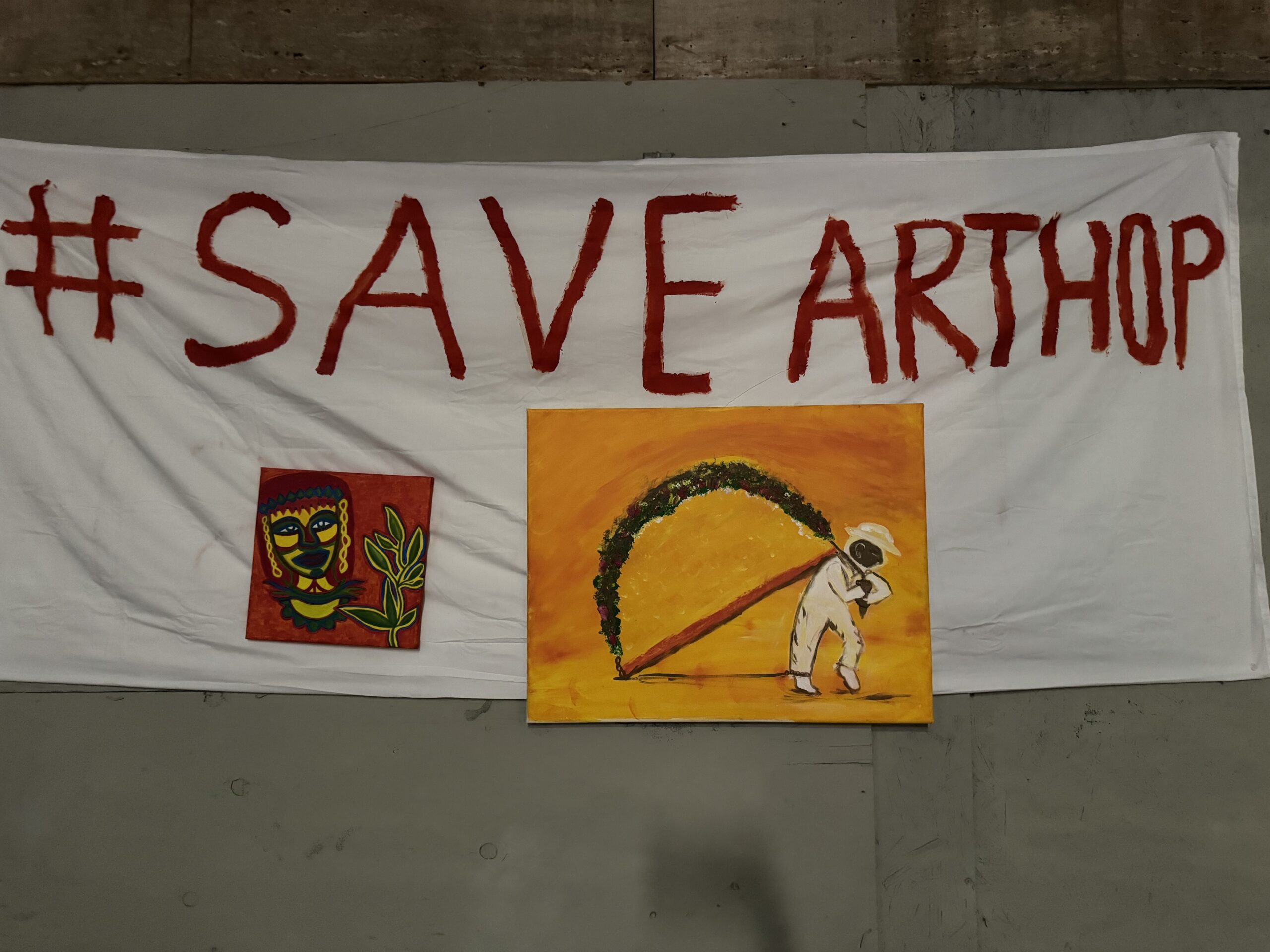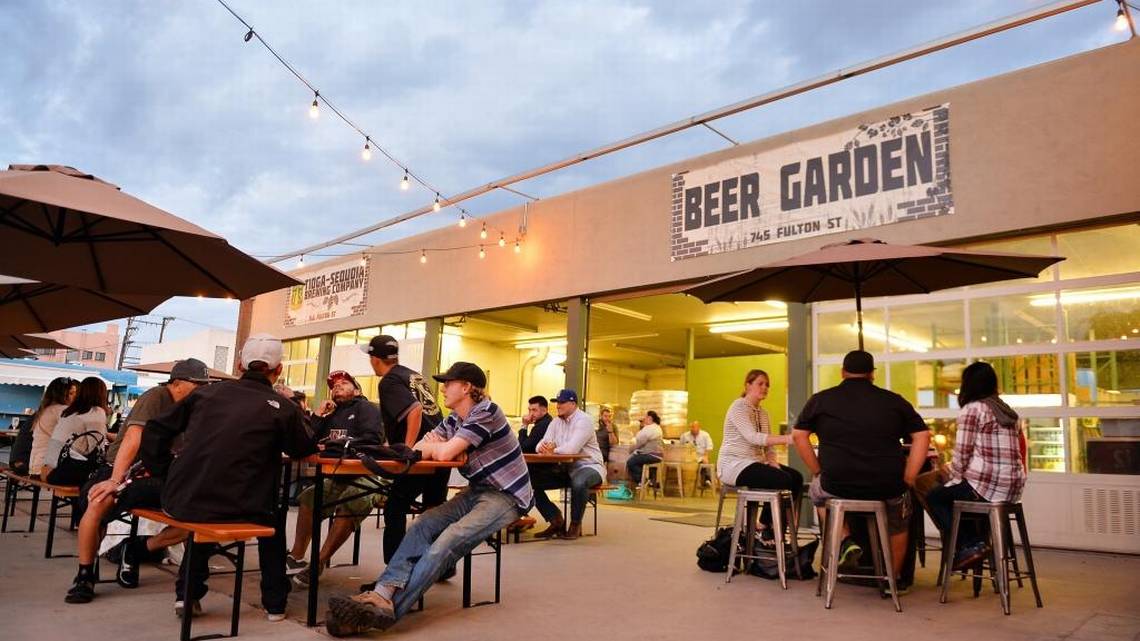
When news about having to quarantine broke, the community was immediately concerned. People were worried about how to stay safe, contracting the virus, financial issues, and not seeing friends or family anymore. But one of the main concerns was how to teach young students while in a pandemic.
The new learn-from-home environment was difficult not just for parents and students, but for the teachers as well. Teachers had to rearrange their entire lesson plans and adjust to teaching through a computer. Miss Z, a third grade teacher from Fresno County, was one of the many teachers who was impacted by this change.
When quarantine started in March, Miss Z had to make a lot of changes very quickly. She had to clean out her classroom and bring it all home because of safety precautions. “I had to convert my home office into a classroom. I tried to make it as similar to my actual classroom as possible so the students could feel comfortable with seeing me on their devices,” she said.
She spent hours rearranging her lesson plans. She tried her best to make them equipped for virtual learning and hoped it gave the students the best opportunity to learn from home.
While teaching through a screen, Miss Z noticed the hugely varied reactions students were having to virtual learning. She saw that some students needed face-to-face interaction and encouraging words that a classroom environment brings. While, at the same time, some students didn’t seem to have a problem with the switch. Some students worked well with technology, but Miss Z couldn’t stop thinking about the kids who were struggling, “It just broke my heart to see those students struggling and how I couldn’t help them.”
One of Miss Z’s concerns was that students were not grasping the lectures and learning the concepts they needed for the next school year; that virtual learning was not doing the job and it was not engaging enough for the students.
“I tried to change my lessons and make them interesting,” Miss Z said. “But the truth is, they are at home. Some are in their bed, watching TV in the background.”
There are a lot of issues teachers, students, and parents have to go through when it comes to virtual learning, and Miss Z offered some advice on how to navigate this new space.
Miss Z spends hours planning a day and notifying the parents what their kid is learning. She uses a student planner that tells you what is expected of the day. She sends these planners to the student and the parents. Yet Miss Z will constantly receive questions from parents about lesson plans when the answer is clearly stated in the messages she sends, so Miss Z’s advice to parents is, “READ. THE. ENTIRE. MESSAGE.”
Always check if your child has done their homework. “We were all kids at one point, and we all lied cause we didn’t want to do our homework.”
But don’t only check their homework, also check how they are doing because virtual learning is a lot for students. Miss Z explained that she understands being a parent is a difficult job, but it would be best to routinely check up on the students.
Miss Z also advised her students to try their best. “Try to be proactive with your learning, try to be a problem solver,” she said. “It’s okay to ask for help because you are a very powerful person, and if you just put in the effort, you could do anything.”
It is also important to remember that, while virtual learning is a new concept for a lot of teachers and students, teachers are still facing a lot of pressure from the district and state – both have high expectations of them. “Now that we’ve had the summer and we’ve come back, I feel like there are a lot of expectations to maintain goals that they had before, but it is just not realistic,” Miss Z said.
Miss Z goes through a weekly meeting with the school board, parents, and teachers. Everyone gives their input on what to do with virtual learning, but no matter what’s decided, someone is not happy.
But her work still continues. For her, a typical school day looks like this: Students log into Zoom at 8 a.m. and Miss Z starts instructing soon after. The students have three blocks of synchronous and asynchronous learning. Synchronous is live learning; during this time, Miss Z shares a lesson with a PowerPoint. Afterward, they switch to asynchronous, which is independent learning. During the asynchronous block, Miss Z gives assignments to the students that are related to the synchronous lesson from earlier. The school day normally ends around noon.
During synchronous learning, the students are expected to be on the call the whole block time. During the asynchronous block, the students have an option to leave or stay in the zoom call. Because Miss Z’s students are young, most decide to stay to either talk or ask for help.
Asynchronous learning is the only time students have a chance to socialize with each other. Miss Z’s students like to either communicate with each other using the chat feature or talk on the call. Miss Z expresses her concerns by saying, “I like when my students can talk to one another, but it’s also kind of terrifying because they are at home. They have access to things that they wouldn’t at school.”
Miss Z explained that she sometimes allows the students to have breakout rooms where they talk and socialize. She noticed there have been times where the students talk about different topics like dogs, Minecraft, and their interests, but that she is “always scared that something is going to be shown or said, that a parent is going to be upset and the blame will be put on me.”
She likened it to recess, when no one can hear exactly what the students are saying. “I try to get them to talk to each other, but I have to do it in a safe manner while still being monitored to give them the opportunity to interact with each other,” she continued.
Even through the concerns and technical issues that Miss Z goes through every day, she appreciates the good moments of the day. She’s happy that she still has a chance to see her students’ faces, to teach them, and see the kids at home in a comfortable environment, which is a different form of connection.
Just like in her face-to-face teaching, Miss Z creates a fun environment in their free time. Some of her students enjoy showing their collection, hobbies, and pets and she has scheduled activities like singing competitions, tic-tac-toe competitions, and dance parties.
Like many teachers, Miss Z misses being able to teach in the same room with all her students and she is saddened by America’s lack of progress with the pandemic.
“I feel like if people just do their part, things will change,” Miss Z said. “Stay home, don’t go out, wash your hands, take care of yourself. That will help us a lot, but you will see people outside who don’t have a mask or aren’t social distancing.”
“I love my job. I love teaching,” she continued. “And I would like people to do their part so that we can get COVID under control. Then we can get the kids to come back because, out of everybody, kids are missing out on a lot. They are suffering the most. Us adults can make choices whenever we go out, but children don’t have that choice. Students have to follow what their parents say. If we just do our part, we can help our children have a chance to be children.”


